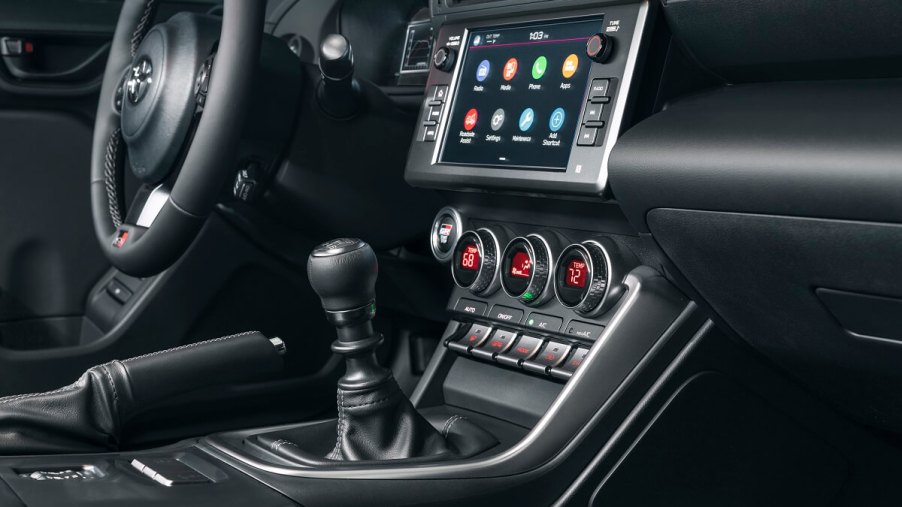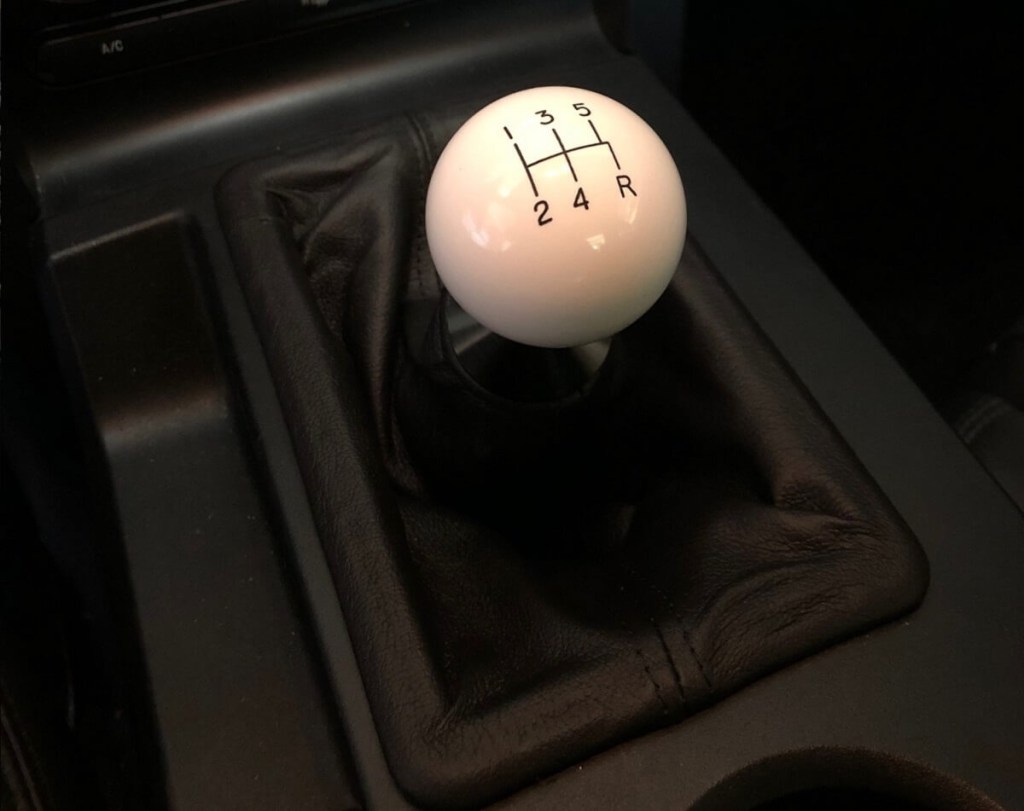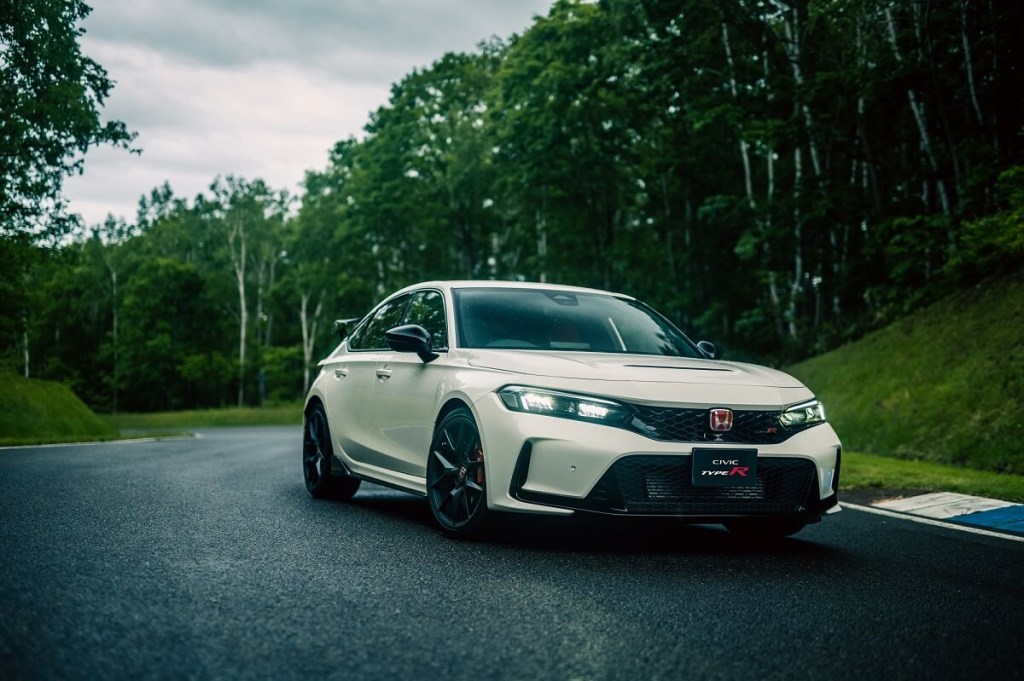
Are Millennials Saving the Manual Transmission?
The manual transmission is a dwindling presence in the modern car market. Unfortunately, performance cars are ditching the three-pedal setup for faster-shifting automatic and dual-clutch applications. However, there might be hope for the row-your-own gearbox from an unlikely source; millennials are learning to drive old-school, stick-shift platforms at an unprecedented rate. So, are millennials saving the manual transmission? Or is the stick-shift car still a doomed institution?

Do most Americans drive manual or automatic?
It’s true; most Americans own and operate vehicles with automatic transmissions rather than traditional manual gearboxes. According to CBS News, only 18% of driving-age Americans know how to drive a manual car.
Moreover, the same data shows that around 5% of new vehicles sold in the United States offer a three-pedal setup. That’s a shame, too. Not every country has adopted automatic transmissions to such ubiquity. As a result, Americans who refuse to become stick-shift literate will be surprised to see the popularity of three-pedal applications in European, Asian, and African countries. However, there may be a glimmer of hope for the most analog of standard transmission options.
What percentage of millennials can drive a manual car?
Despite the doom and gloom of a dwindling manual market, millennials are learning to work a clutch and shift their gears more than you might think. According to MediaPost, 66% of millennials surveyed said they already know how to drive a manual car.
Furthermore, 55% of survey-takers from the same age group say they have already leased or owned a vehicle with a three-pedal setup. That’s good news for fans of the stick shift driving experience, as enthusiasts might keep the third pedal and shift knob alive. Better yet, around 40% of survey respondents who didn’t know how to drive a stick said they’d be interested in learning how to row their own gears.
What are the benefits of a stick shift?
Driving a manual isn’t just about automotive masochism and making driving experiences needlessly impractical. There are many benefits to learning how to drive a manual car.
- Many countries still produce and rent a large number of manual cars
- Anti-theft
- Fun
- Manual-only models
While many popular performance cars offer an automatic transmission, some models are exclusively three-pedal applications. For instance, the 2023 Honda Civic Type R is a manual-only affair. Moreover, travelers will find that some countries have fewer automatic-equipped vehicles, so knowing how to drive both can be advantageous. Also, stick-shift cars are fun to drive, as drivers have more control. Furthermore, many Americans don’t know how to drive a stick, so there is an inherent anti-theft benefit.

Why is the manual transmission dying?
Unfortunately, the reasons behind the steady disappearance of the stick shift are understandable. For instance, modern automatic transmissions are often smoother-shifting, better for overall fuel economy, and put down faster acceleration times than manual gearboxes.
However, interest among young drivers seems to keep the manual in enthusiasts’ vehicles like the Toyota GR86 and Ford Mustang.



